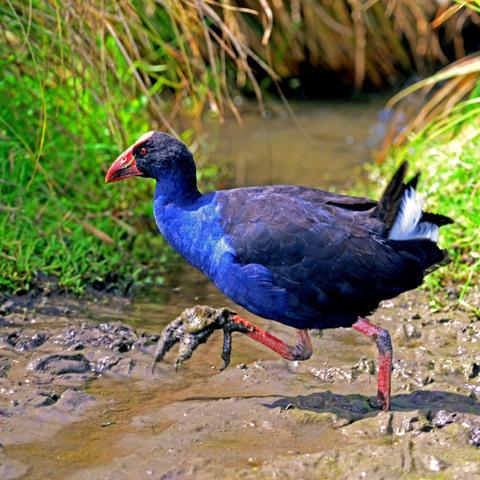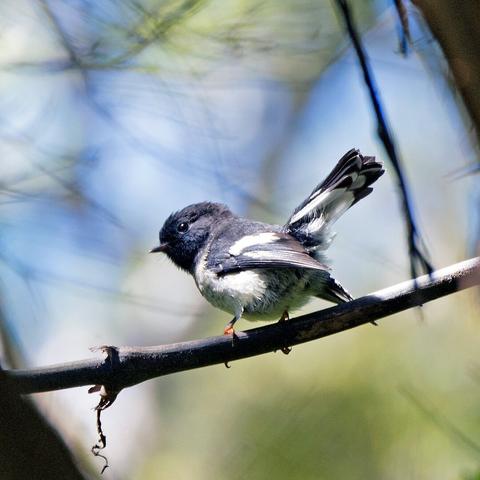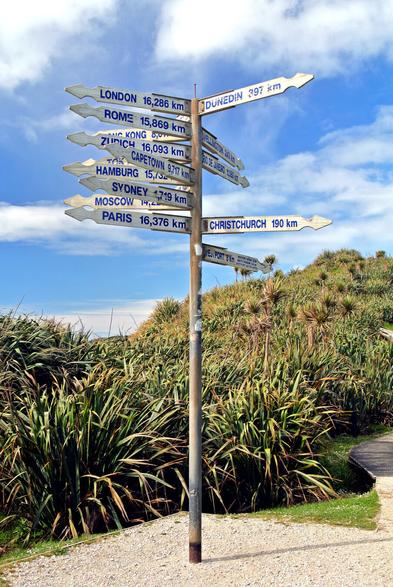Take me home, muddy road
Don't we all need the weekend off after a week working hard in dirt?
The determination and stern look on this guy is close to how a lot of people feel after a hard week. Or a hard day's night.
The purple swamphen, pukeko in maori, is a colourful abundancy in New Zealand. With some variations, it is found everywhere near water. It is considered a pest by some farmers since it eats any green seedlings, and it soil water throughs for the farm animal.
Sometimes it even eats other birds’ chicks.
It is a social bird, often living in family groups were the eggs of all the females are laid in one nest. The chicks get raised by the group.
It is also a bit noisy, but the sound of it near lodgings somehow become a homey symbol when spending some time in rural New Zealand.
http://nzbirdsonline.org.nz/species/pukeko
#pukeko #purple #swamphen #bird #colors #colours #newzealand #New #Zealand #kiwi #kiwiexperience #birdislands #Southisland #christchurch #canterbury #swamp #beach #hardwork #Nikon #NikonD800 #D800 #Nikkor #300mm #f4 #2012CE #Porphyrio #melanotus #Spencerville #Aotearoa #AotearoaNewZealand
#kiwiexperience
Tomtit Ngirungiru on a stick in Rakiura
Tomtit balancing twigs, break and curiosity
The Ngirungiru, or Tomtit, is a very small passerine bird in the Robins-family Petroicidae.
With a maximum length of 12 cm and a weight of 11 gram, it is basically the size of two Ping-Pong balls with wings and tail.
Frenetic enthusiastic
It is also very curious and enthusiastic. Meaning that when it decides you are not a threat when you meet one up close in the forest, it will follow you along for some time. But in a frenetic pattern, jumping between the trees, branches, trail and back up again.
And then maybe, maybe, just be still for a couple of seconds where you get a reasonable shot. Like this one in the forest at Rakiura, Aotearoa.
There are five subspecies of Tomtits, and they have different names in Māori. The South Island and Rakiura Stewart Island variant is called Ngirungiru. The North Island is called Miromiro. And as a loveable little fellow, there are several other Māori and English name for it. Tomtit is an adaptable feather ball, and lives well with most of the changes made to the biodiversity of New Zealand.
#2015CE #Animals #Aotearoa #AotearoaNewZealand #bird #birdparadise #Birds #blue #bluesky #curious #forest #frontdoor #green #Horseshoe #Bay #Kiwi #kiwiexperience #NikonD800 #Māori #NestorMeridionalis #New #Zealand #Ngirungiru #passerine #pingpongball #Rakiura #RakiuraStewartIsland #roadtrip #robins #smallbird #social #southisland #southpacific #StewartIsland #tomtit #weird #birdswood #Ngirungiru #Petroicidae
Tomtit balancing twigs, break and curiosity
The Ngirungiru, or Tomtit, is a very small passerine bird in the Robins-family Petroicidae.
With a maximum length of 12 cm and a weight of 11 gram, it is basically the size of two Ping-Pong balls with wings and tail.
Frenetic enthusiastic
It is also very curious and enthusiastic. Meaning that when it decides you are not a threat when you meet one up close in the forest, it will follow you along for some time. But in a frenetic pattern, jumping between the trees, branches, trail and back up again.
And then maybe, maybe, just be still for a couple of seconds where you get a reasonable shot. Like this one in the forest at Rakiura, Aotearoa.
There are five subspecies of Tomtits, and they have different names in Māori. The South Island and Rakiura Stewart Island variant is called Ngirungiru. The North Island is called Miromiro. And as a loveable little fellow, there are several other Māori and English name for it. Tomtit is an adaptable feather ball, and lives well with most of the changes made to the biodiversity of New Zealand.
#2015CE #Animals #Aotearoa #AotearoaNewZealand #bird #birdparadise #Birds #blue #bluesky #curious #forest #frontdoor #green #Horseshoe #Bay #Kiwi #kiwiexperience #NikonD800 #Māori #NestorMeridionalis #New #Zealand #Ngirungiru #passerine #pingpongball #Rakiura #RakiuraStewartIsland #roadtrip #robins #smallbird #social #southisland #southpacific #StewartIsland #tomtit #weird #birdswood #Ngirungiru #Petroicidae
How to get away from Cape Foulwind
With a name like Cape Foulwind, you may understand why you want to get away. And how far you must go.
Here the Europeans, the Dutch explorer Abel Tasman, anchored in Aotearoa (and later naming it New Zealand), for the first time in 1642. The weather was probably good, and he called the outcrop Cliff Rock.
Then the English Captain James Cook found this place in 1770 under probably worse conditions. He named it Cape Foulwind. Since the English won the competition of ruling Aotearoa, the name stuck.
Signs, and what to do
This signpost is close to the fur seal colony in Tauranga Bay, on a windy, salty and fresh spot to get a good outlook of the area. On this track going south from Cape Foulwind Lighthouse there are stiff cliffs down to pebble beaches and the Tasman Sea, and low rolling hills towards the mountains in east.
This area is a nice spot to stop, relax and enjoy the outlook and beach, especially if you are a surfer. Or hike along the trails and exhibit some coastal flora and fauna of the West Coast Region in South Island. And some fresh, varying weather conditions.
Included an old, secluded track-and-bowl-system near the lighthouse.
The seal colony is well protected, but easy observable from a safe distance from the walking track. The closest town is Westport, and they have all necessary amenities from lodging to food, drinks and hiking equipment.
https://westcoast.co.nz/visit/operators/cape-foulwind-walkway/
#2016CE #20mm #Aotearoa #AotearoaNewZealand #beach #bluesky #CapeFoulwind #D800 #green #Kiwi #kiwiexperience #newnewzealand #Nikkor #Nikon #NikonD800 #nz #westcoast #roadtrip #sea #SealColony #signpost #southisland #sun #tasman #tasmansea #TeWaipounamu #visitnewzealand #westport #cliff #countryside #dangerous #europeanfirst #heavyweather #Trekking #westport
With a name like Cape Foulwind, you may understand why you want to get away. And how far you must go.
Here the Europeans, the Dutch explorer Abel Tasman, anchored in Aotearoa (and later naming it New Zealand), for the first time in 1642. The weather was probably good, and he called the outcrop Cliff Rock.
Then the English Captain James Cook found this place in 1770 under probably worse conditions. He named it Cape Foulwind. Since the English won the competition of ruling Aotearoa, the name stuck.
Signs, and what to do
This signpost is close to the fur seal colony in Tauranga Bay, on a windy, salty and fresh spot to get a good outlook of the area. On this track going south from Cape Foulwind Lighthouse there are stiff cliffs down to pebble beaches and the Tasman Sea, and low rolling hills towards the mountains in east.
This area is a nice spot to stop, relax and enjoy the outlook and beach, especially if you are a surfer. Or hike along the trails and exhibit some coastal flora and fauna of the West Coast Region in South Island. And some fresh, varying weather conditions.
Included an old, secluded track-and-bowl-system near the lighthouse.
The seal colony is well protected, but easy observable from a safe distance from the walking track. The closest town is Westport, and they have all necessary amenities from lodging to food, drinks and hiking equipment.
https://westcoast.co.nz/visit/operators/cape-foulwind-walkway/
#2016CE #20mm #Aotearoa #AotearoaNewZealand #beach #bluesky #CapeFoulwind #D800 #green #Kiwi #kiwiexperience #newnewzealand #Nikkor #Nikon #NikonD800 #nz #westcoast #roadtrip #sea #SealColony #signpost #southisland #sun #tasman #tasmansea #TeWaipounamu #visitnewzealand #westport #cliff #countryside #dangerous #europeanfirst #heavyweather #Trekking #westport
Client Info
Server: https://mastodon.social
Version: 2025.04
Repository: https://github.com/cyevgeniy/lmst


